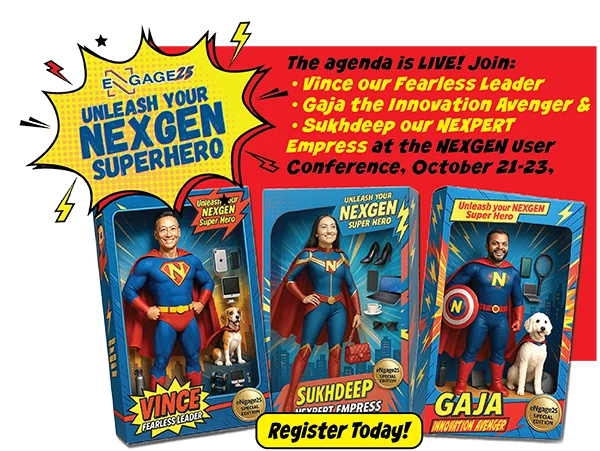When implementing a new asset management plan, there are many things to consider. Below are just five tips to consider when starting your asset management plan.
Tips For a Successful Asset Management Plan
Equipment Cataloguing:
Even though the first process is to collect detailed information about the equipment (serial numbers, model numbers, purchase dates, warranty details and so on), you have to categorize this equipment by type, such as compressors, pumps and so forth. This classification defines standardized operations for all equipment of a particular category e.g. maintenance required, cost-benefit analysis, depreciation schedules and so on. NEXGEN Asset Management’s asset plan module comes with six fixed classes to classify and identify types of assets.
Spares & Supplies Management:
Collecting the manufacturer information will help you identify previous vendors, parts and supplies for various equipment. This allows you to get a clear picture of all your purchases of spare parts and supplies, thus reducing repetitive paperwork and delayed purchases. The parts inventory module within the NEXGEN Asset Management software allows you to order certain parts as they get depleted. This ensures that you will always have the parts necessary to complete a work order, service request, etc.
Importance Of Maintenance History & Costs:
The maintenance history of specific equipment can be checked via CMMS reporting features. Check for hierarchical reports and through this, you could gather the entire maintenance history of equipment and all its sub-equipment including their costs. This helps when you decide on replacing equipment and also while comparing its costs vs. new equipment.
Little By Little:
If an asset management system is proposed as a new discipline in your organization, let not your initial implementation be global; instead start the realistic experiment with individual departments and then build up to span the entire company or organization.
Occasional Reviews:
Reviews are a prompt way to check if it has met the defined objectives and goals. So, make sure your Asset Management Software is periodically reviewed (preferably every quarter) to judge the successful running of your organization. At this point, any problems can also be identified and corrected.





